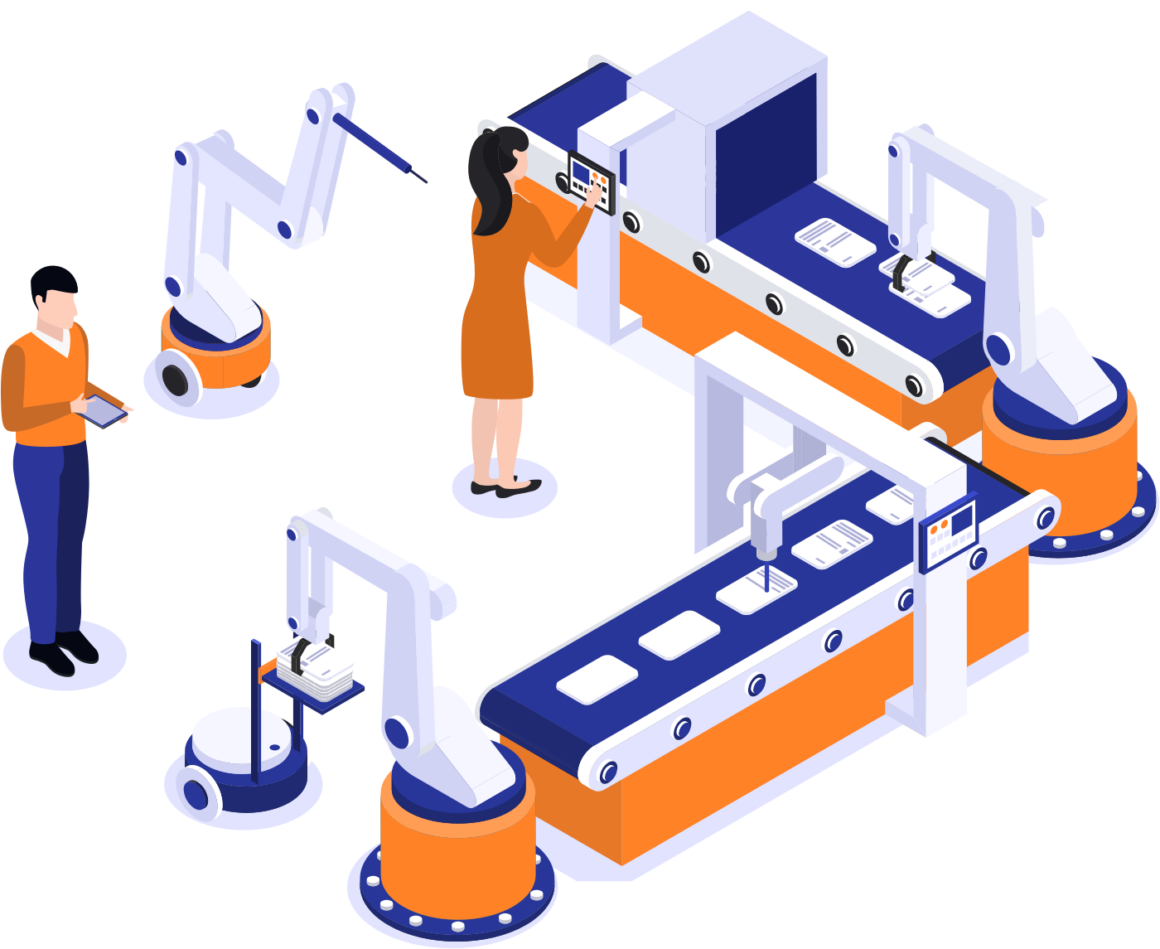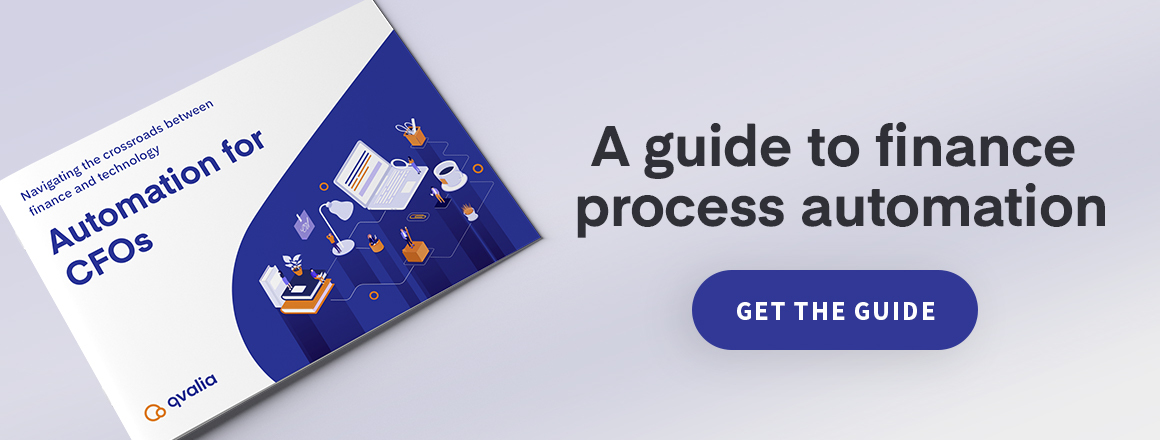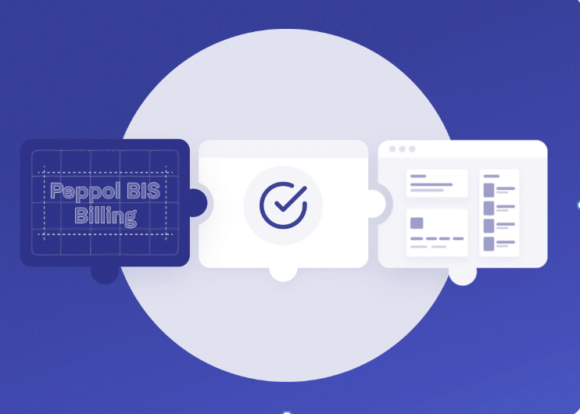
Part of optimizing the financial work of your company lies in the implementation of automation of processes and daily tasks. Machine learning and artificial intelligence are examples of emerging technologies on the radar for many CFOs.
In 2020, 73% of organizations surveyed by Deloitte made it clear they were exploring intelligent automation — a 58% increase from 2019. Additionally, those same organizations were already making the transition from pilot programs to scaling automation.
What we do know is clear: automating and optimizing financial processes is well worth the investment for CFOs.
Automation in general is attractive to businesses because it’s fast, scalable, and when implemented properly, can significantly reduce human error. It also frees up employee time that would otherwise be spent on repetitive, menial tasks.
We’re finally at the point where digitization has enabled businesses to meaningfully optimize their financial processes, and automation is merely the pinnacle of this trend.
Read on to learn more about process automation in finance, what it can do for your business, and other insights into this transformative technology.
How automation cuts down on repetitive tasks
Automation today largely deals with repetitive and rule-based processes that require little real thought to complete. Think about a call center running a routine credit check or a customer service department sending out welcoming emails. Some examples include:
- Searching and moving data
- Inputting information into fields
- Copy and pasting
Because of how menial these tasks are, automation helps free up time for employees, boosting their motivation at work and allowing them to focus on more important aspects of running the organization.
You can digitize tasks in the front-end through directly interacting with desktop applications or in the back-end by working with the databases and web services the business depends on internally. You can think of automation as assisting staff with “behind the scenes” work that would otherwise take up too much time in the day.
The benefits of automation
One study from McKinsey Global Institute shows us that current technologies have the potential to automate 42% of all financial activities. When you look at the benefits of implementing automation technologies, it should be obvious why this sudden explosion in popularity has occurred in the business sector.
- Better productivity: Employees can improve their output by working with digital tools so that menial tasks no longer take up precious time in the day.
- Improved scalability: What happens when your business grows in the future? Automation thankfully offers unparalleled scalability and can expand its own capacity to accommodate more calls from customers or more financial activity when the need arises.
- Legal compliance: Human error can be costly, especially when it comes to legal compliance violations. An automated process never misses a keystroke, so you don’t have to worry about data entry being a potential problem, to name one example.
It’s for these reasons that automation has shown up in a variety of different industries, such as banking, telecommunications, and customer service centers.
The role of artifical intelligence
Not all implementations of automated processes need machine learning or artificial intelligence, as some tasks are structured and rule-based enough to program sequences of work in an “if this than that ” style. However, some of the more advanced techniques employed by businesses today include the following.
Machine learning
The difference between a basic algorithm and a machine learning algorithm is that the latter improves itself over time through feedback and continuous data processing. The more the machine “learns,” the less human intervention is needed for future operation.
Natural language processing
You might know of NLP as “speech recognition” and have used it before when an automated answering machine asked you to put into your own words what you need help with at the beginning of a call.
These types of machines can not only parse language and put it into text but can also identify the intent of the caller. NLP accelerates the customer service process by directing callers to exactly where they need to be.
Optical character recognition
OCR allows the software to scan sources of text—such as letters, images, or pictures of documents—and convert them into easily readable plain text that can be used by a variety of other automation tools.
For instance, you can input a customer’s credit card or identification information instantly just by taking a picture of the card itself.
In invoice processing, OCR is an essential technology to convert PDF invoices into a machine-readable format, as characters on image files are interpreted into digital information, numbers, and digits.
Is robotic process automation the answer?
You can’t bring up automation without bringing up the popular keyword “robotic process automation.” From 2016 to 2021, the RPA market grew from $250 million to an impressive $2.9 billion, and it seems like every business wants to start programming its own army of robotic soldiers to take on new challenges in the market.
However, RPA in its current form has a few drawbacks that prevent it from becoming the “be-all and end-all” most people might think of it as:
- Time consuming to implement: Implementing a perfect RPA requires plenty of time to train and adjust performance. There’s enough variation in the work of financial departments that the time to implement and deploy an RPA solution is considerable.
- The technical challenge: RPA gives your company a snapshot in time solution. However, without the right technical expertise, maintaining, updating, and scaling these solutions can be near impossible.
- The data problem: All forms of automation rely on some type of data input to start working from. The quality of this data is paramount to developing proper automation solutions.
- Immature technology: There is still an immense amount of risk surrounding RPA thanks to potential deviations in the workflow. For instance, typos, poor quality scans, and other anomalies can add in room for error.
All these drawbacks point to a simple conclusion: RPA can’t yet handle all the small intricacies and rapid changes occurring in modern finance. Rather than diving into RPA, instead explore how specialized finance automation solutions can help you slowly map and automate key processes.
That is, start by digitizing your files and other information. E-invoices, for instance, help ensure that critical transactional data is never lost. Then look at how all this data moves throughout your business and how it’s being processed, including any approval workflows it goes through.
By understanding the journey of financial data through the company, CFOs will deepen their understanding of the dependencies and requirements that exist in the workflow and can thus begin automating those processes.
RPA is only a portion of what you can offer to your organization. Implementing RPA can be risky if done too hastily, as you need not only the right preparations but also good data quality, maintenance protocols, and support for potential deviations in financial data.
Start programming your financial processes
Find out more about how to optimize your processes in our e-book, Automation for CFOs.



